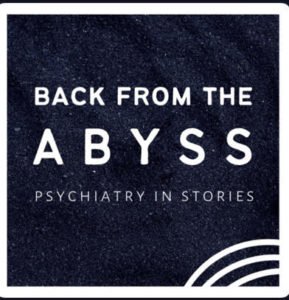EMDR (Eye Movement Desensitization and Reprocessing) therapy is a type of therapy used to help people process and heal from traumatic experiences, anxiety, depression, and other mental health conditions.
Trauma can impact every area of our life. From the partners we choose to the jobs we take. It can impact our parenting, our relationship with self, others and the world. When we don’t work through traumas, whether they are recent or childhood trauma, we continue to repeat patterns and the trauma control how we show up in the world. Sometimes we can’t process it because its too complex, we aren’t in a safe place to process it or we can’t even begin to make sense of it. EMDR can be an extremely powerful way to dive in and process all the complexities that trauma holds.
During an EMDR therapy session, the client is asked to focus on a traumatic memory or negative thought while simultaneously following the therapist’s hand or eye movements. This process is thought to help the brain reprocess the traumatic memory and lessen the emotional impact of the experience.
EMDR therapy can be conducted in a variety of ways, including using auditory or tactile stimuli instead of eye movements. The therapist may also ask the client to focus on positive beliefs, emotions, or somatic experience to help reinforce positive changes.
The therapy typically involves a series of sessions, with the number of sessions depending on the severity of the trauma or issue being addressed. EMDR therapy has been shown to be effective in reducing symptoms of PTSD, anxiety, and depression in many people.
Over time trauma can grow many veins and beliefs. If you are interested in learning more about EMDR and how the process works please call us and we can see if EMDR is the best fit for you.
HELPFUL RESOURCES:
When the past haunts the present: An EMDR story Back from the Abyss: Psychiatry in Stories

